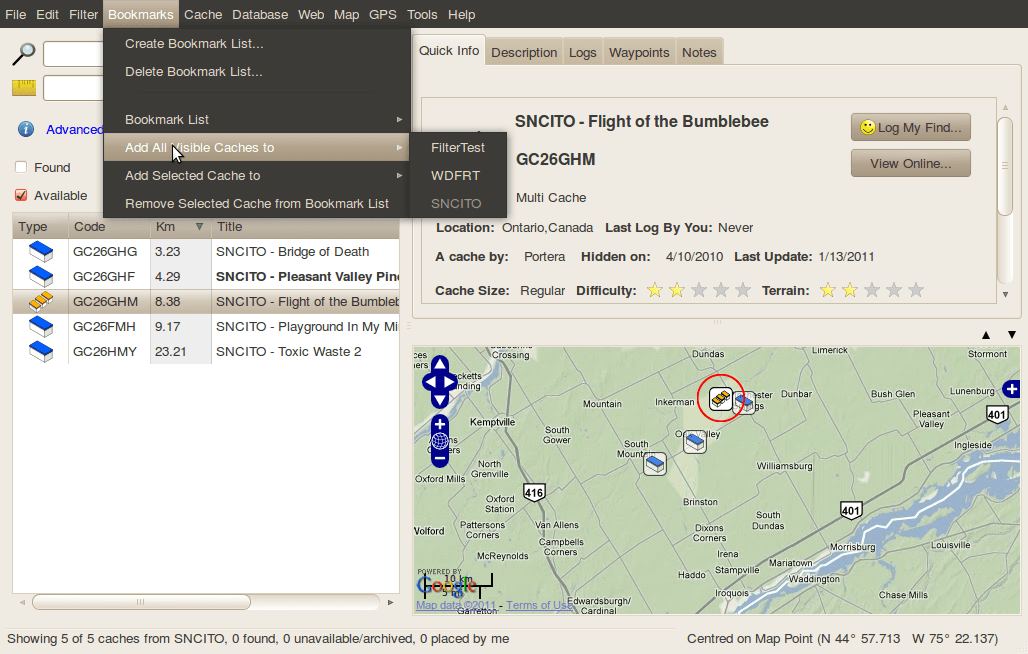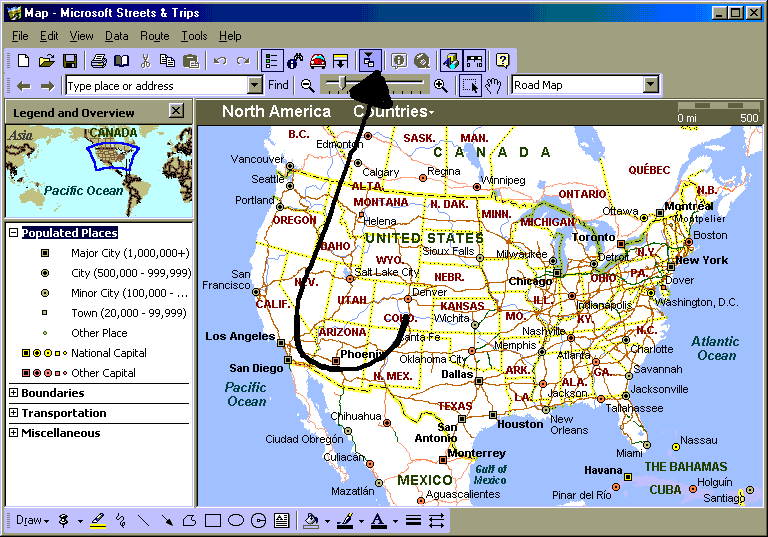

The buttons in the Move through log coordinates by second box also allow you to fine-tune your offsets. You can always use the Reset button to start over. This is usually a good time offset, but if you find that the GPS coordinate matches are not very accurate, use the remaining time/day offset fields to adjust. This automatic offset calculation uses the difference in time between the earliest coordinate in the GPS logs and the capture time of the first selected photo. The simplest way to do this is to use the Auto button in the GMT Offset of Photos section.

Next, you’ll need to synchronize the time your photos were taken with the GMT-based times that are recorded in each GPS coordinate. Once all of your logs are loaded, use the Plot GPS Logs button to plot the path you traveled on the Google map. Use the Remove button to remove any added logs you no longer want to work with. In order to load your GPS logs, you need to copy your GPS log from your GPS data logging device to your computer’s hard drive, or if your GPS data logging device acts as a USB storage device, such as the AMOD AG元080 device, then you can access your logs directly.
#Gpsbabel output to gpx install
In order to add coordinates, you will also need to install the free app, GPS Babel.

The Import GPS Coordinates dialog ( File>Import GPS Coordinates.) can import GPS logs in the GPX and NMEA formats. 16% of the original size with sufficient resolution of the route for the homepage.Solution home Photo Mechanic 6 Metadata (IPTC) Template Importing GPS Coordinates This reduces the size of the file again to 58kB and thus to approx. The GPSBabel command is simple: gpsbabel -i TypeOfInputFile -f NameOfInputFile -o TypeOfOutputfile -F NameOfOutputfileįor my example file with 2011_HM_Gyeongju_latlon.gpx (69.2kByte) I choose two filters, one to “simplify” the route and one to limit the number of points to 1,050: gpsbabel -i gpx -f 2011_HM_Gyeongju_latlon.gpx -x simplify,count=1050 -o gpx -F 2011_HM_Gyeongju_latlon_2100p.gpx Assuming that you run steadily, you could for example for a half marathon (21,000 meters) represent a point every 20 meters. If you want to show a run over several hours on a map, you will not need a point every 5 seconds of the run. Adapt the number of points in the GPX file using GPSBabel Compared to the input file 2011_HM_Gyeongju.gpx with 341.7kByte, this is already a reduction to 20% of the file size.
#Gpsbabel output to gpx code
To apply this code to the GPX file we simply use the XSLT service from online-toolz and enter its input file in the left column, the code in the right column and then I get the new GPX file with 69.2kByte, which I save under 2011_HM_Gyeongju_latlon.gpx. Nick gave me the following lines of XSLT code to eliminate the unnecessary data ( marked in red) in the GPX file: However, only the geodata are required for the display on the map, i.e. If you open the GPX file with a text editor you will find individual points of your training session in the following form: 40.5128174


 0 kommentar(er)
0 kommentar(er)
